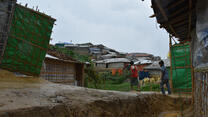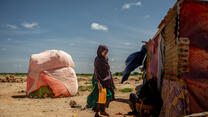The paper highlights how climate-exacerbated shocks such as tropical cyclones, droughts, and earthquakes currently cause up to $7 billion in education infrastructure and learning losses annually, yet education remains one of the least funded sectors in disaster risk financing and climate adaptation.
Key recommendations in the report include:
1. All new education sector programmes from development finance and global education facilities should incorporate DRF instruments into their education loan and grant frameworks.
2. Education sector risks and responses should be integrated into all new contingency plans for regional risk pools. Parallel policies could also be structured for education-specific risks.
3. International climate finance pools should include dedicated education sleeves and should be integrated where possible with DRF mechanisms to ensure seamless transition from preparedness to response and recovery.
4. Education sector adaptation and DRF instruments should be scaled in the humanitarian sector; a new cross-country education risk pool could fill the protection gaps identified.
5. Existing technical assistance pools should prioritise investment in institutional capacity, further research and analysis, and foundational data required to make education systems and programmes more shock-responsive.
Delivering coordinated action to remedy these gaps will require political commitment by leaders to work across sector boundaries more effectively, under an Education Resilience Finance Pact. . Progressing this Pact formed part of the IRC’s Sevilla Platform to Action commitment which was endorsed by FCDO.



